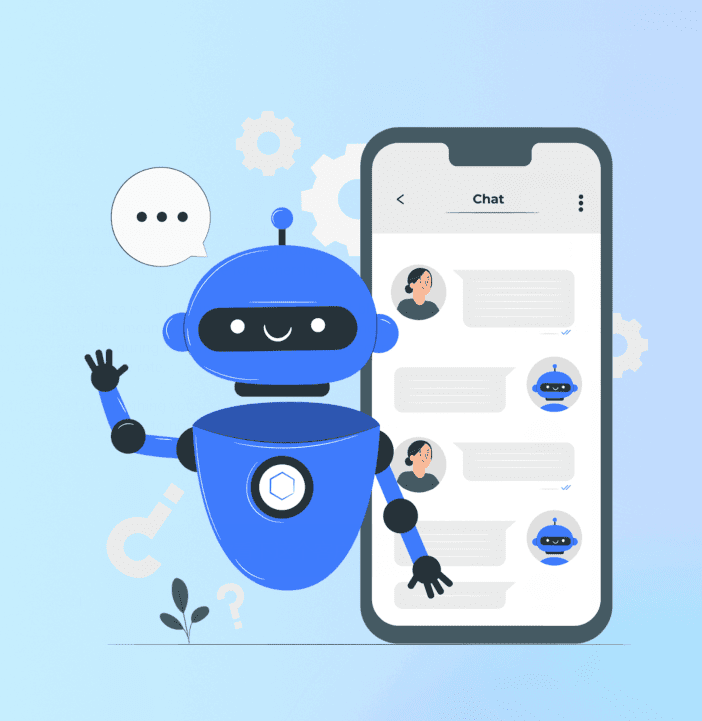How to train customer service in a vertical with ChatGPT?
Using ChatGPT for vertical customer service training is a complex and challenging task. In this article. So in this article,I will detail how to utilize ChatGPT for customer service training and discuss the challenges and solutions that may be encountered in the process.
1,Introduction
ChatGPT is a dialog generation engine based on large-scale pre-trained models from OpenAI. It generates natural language text that is logical and coherent. Using ChatGPT for customer service training provides organizations with an intelligent customer service solution that increases customer satisfaction and reduces human resource costs.
2, ChatGPT customer service training steps

- 1,Data collection
Collecting a large amount of vertical data is the first and foremost step. This data includes frequently asked questions and their answers, transcripts of conversations between customers and customer service agents, knowledge from industry experts, and more. By organizing and annotating this data, ChatGPT has access to a rich corpus. Meanwhile, this can help it better understand domain-specific issues and needs. - 2,Domain Adaptation
Once the data was collected, ChatGPT needed to be adapted. This enables it to understand and answer questions in specific industry domains. This process usually requires the knowledge of domain experts to guide the fine-tuning and optimization of the model to ensure that ChatGPT can accurately understand and respond to the questions posed by customers. - 3,Dialogue Generation
After training and fine-tuning ChatGPT, you can start generating customer service conversations. In this process, it is necessary to pay attention to whether the dialog generated by the model is accurate, reasonable, and can meet customer needs. At the same time, it is also necessary to consider how to make the dialog more natural and smooth to improve the customer experience. - 4, context processing
Customer service dialog often involves a variety of contexts and scenarios, which may contain customer complaints, inquiries, suggestions and so on. Therefore, ChatGPT needs to have the ability to handle these contexts, understand customer emotions, and give appropriate responses. This requires the model to have strong emotion recognition and context handling capabilities. - 5,Monitoring and Improvement
In practice, the quality of customer service dialog often requires constant monitoring and improvement. Such as,we can continuously optimize the performance of ChatGPT by engaging in conversations with real customer service personnel, seeking feedback from customers and clients, and analyzing conversation records to enhance its understanding and ability to satisfy customer needs.
3,Challenges and solutions
In the process of utilizing ChatGPT for customer service training, some challenges may be faced. For example, insufficient model comprehension, insufficient coherence in dialog generation, and insufficient context processing. To tackle these challenges, one can solve them by increasing data diversity, involving domain experts more actively. And conducting multiple rounds of dialog training.
In conclusion,By using ChatGPT for customer service training, companies can be provided with more intelligent and personalized customer service solutions. Improve customer satisfaction and reduce operational costs. Nevertheless, overcoming numerous technical and practical challenges in this process requires continuous optimization and improvement to achieve enhanced customer experience and business value.